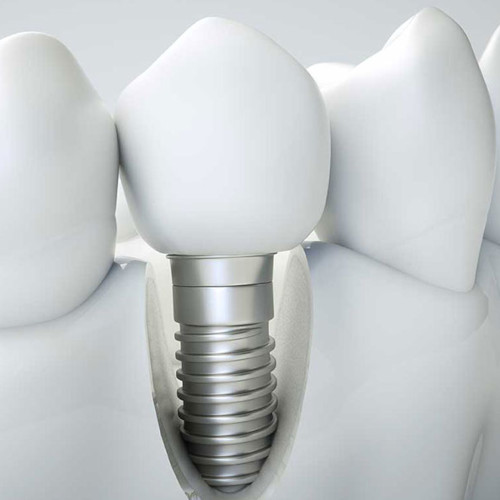Dental implants: Rejection and loss
The main cause of rejection of a dental implant is the appearance of bacteria on the rough junction of the dental implant (peri-implantitis ) and secondly mobility due to poor osseointegration. Below we will discuss the various improvements made to the latest generation dental implant, the basal implant making it possible to reduce the risk of rejection to a minimum.
Avoid rejection of a dental implant?
The last generation of basal dental implant has radically remedied post-operative problems thanks to several improvements which make new-generation basal implantology a rapidly expanding discipline among new dentists with an increase of 200% / year.
The risk of peri-implantitis is reduced thanks to the smooth surface of the latest generation basal implant (strategic implant). Thanks to this specificity, bacteria cannot attach themselves to the junction between the gum and the implant basal dental. The second rejection factor is eliminated thanks to the fixing method of the basal implant. Wedged between the two layers of bone cortices and maintained by a balanced prosthesis, the dental implant cannot be mobile.

Complications of the basal implant
Complications of the basal implant
Complications after the placement of basal dental implants are infrequent but when they do occur, they may require modification or change of the basal implant. The advantage of this type of implant is that there is no need to wait before replacing a new basal dental implant.

